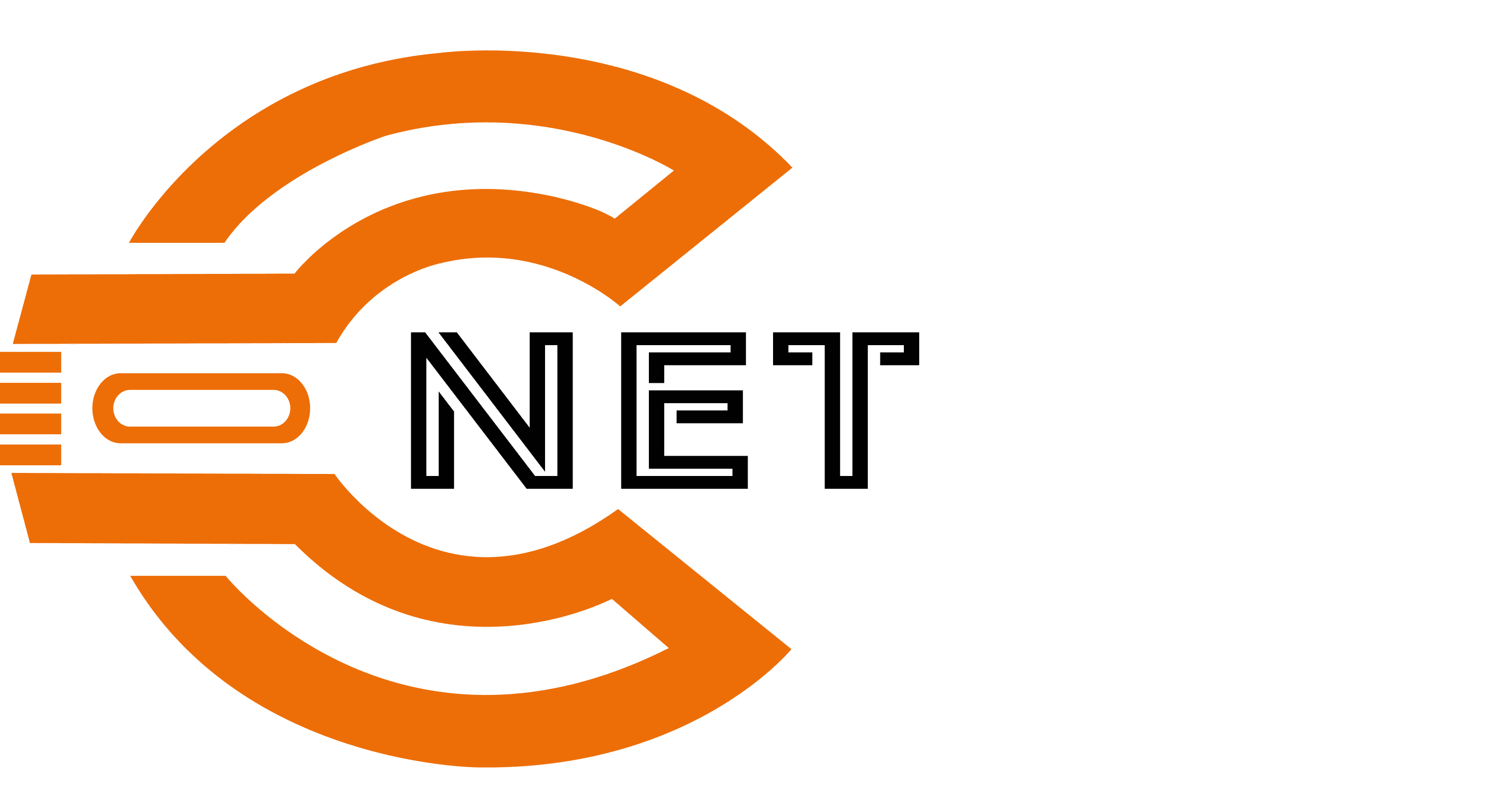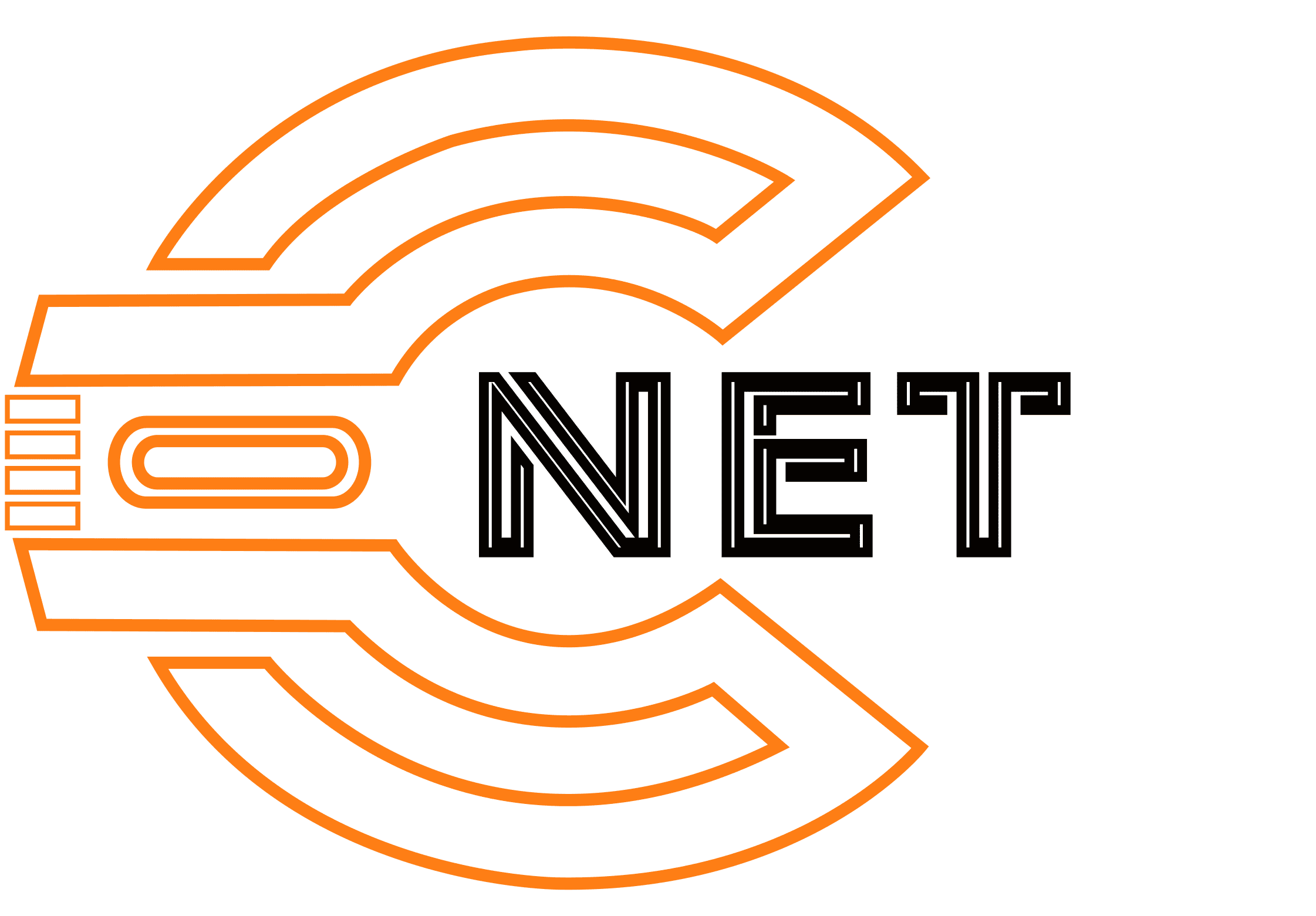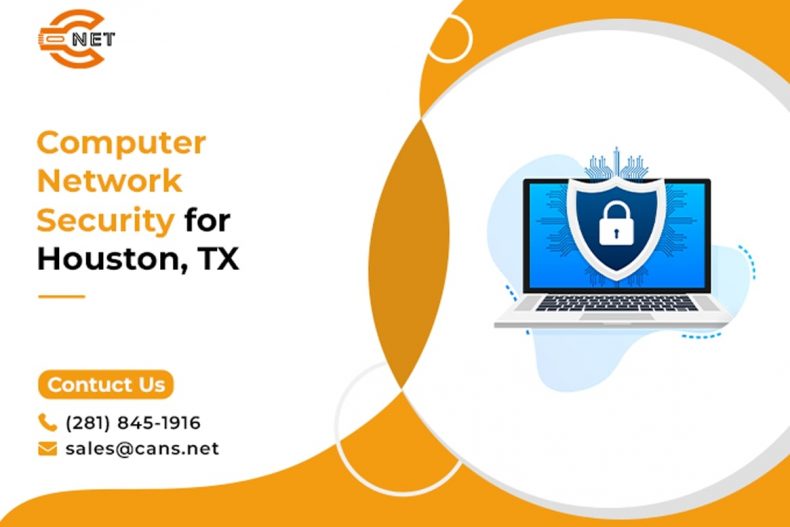Computer and Network Security for Houston, Texas – 10 Powerful Insights
Computer network security protects your network infrastructure from unauthorized access and threats. It involves security measures like firewalls, antivirus software, and security policies to secure sensitive data.
In Houston, TX, businesses implement advanced network security technologies to safeguard their computer networks and ensure secure network access.
What is Computer Network for Houston, Texas?
Computer networks are everywhere; in Houston, Texas They are the invisible threads that weave our modern world together. They connect our computers, phones, and even our smart devices.
From the moment we wake up and check our phones to the time we go to bed, these mesh networks are at work.
These networks allow us to share information and communicate with each other instantly. Whether it’s sending an email, streaming a video, or chatting with friends across the globe, networks make it possible.
Network Functionality
Imagine a network like a system of roads. Just as roads connect cities and towns, networks connect devices and people.
Data, like cars, travels along these roads to reach their destinations. Each piece of data has a specific path it follows, ensuring it gets to the right place.
These roads can be short, like within a home or office. In these smaller networks, data travels quickly and efficiently. Or they can be incredibly long, spanning continents and oceans. These vast networks connect the entire world, making global communication possible.
Types of Networks
Understanding how these networks work is essential in our digital age. With so much of our lives dependent on them, it’s crucial to grasp their basics. It’s like knowing the rules of the road before you start driving.
Network protocols and structures guide the flow of data, ensuring everything runs smoothly.
There are different types of computer networks, each with its own size and purpose.
Local Area Networks (LANs) connect devices in a small area like a home or office. These networks are usually privately owned and managed.
Wide Area Networks (WANs) cover a much larger geographical area, connecting LANs across cities, countries, or even continents. The internet is the largest and most well-known example of a WAN.
These networks work together to create a seamless experience for users. Whether you’re checking email at home or collaborating with colleagues overseas, you’re relying on a network.
The internet is a vast network of networks. It’s like a giant web connecting billions of devices worldwide. This global network allows us to access information, share ideas, and communicate with anyone, anywhere, at any time.
The internet has revolutionized the way we live, work, and interact with the world. It’s a powerful tool that has opened up endless possibilities.
However, this interconnectedness also comes with risks. As we rely more and more on the internet, it’s essential to understand and address the potential threats to our online security.
Importance of Cyber Security for Houston, TX
Cyber security measures are like safety precautions on the road, keeping us safe from potential threats.
Cyber security is the practice of protecting our digital assets, including our data, devices, and networks, from unauthorized access, use, disclosure, disruption, modification, or destruction. In simpler terms, it’s about keeping our information safe online.
Just as we lock our doors and windows to protect our physical possessions, we need to take steps to secure our digital lives.
Cyber security is crucial for individuals, businesses, and governments alike. Failing to protect our digital assets can have serious consequences, including identity theft, financial loss, and damage to reputation.
Threats from Malware
Viruses and malware are malicious software programs designed to harm our computers and steal our information. They can infect our devices through various means, such as downloading infected files or clicking on malicious links.
Once inside our systems, they can replicate and spread rapidly, causing a range of problems. These problems include slowing down our devices, crashing our systems, or stealing our personal data.
It’s crucial to have up-to-date antivirus software installed on our devices to detect and remove these threats. We should also be cautious about the websites we visit and the files we download.
Social Engineering
Not all cyber threats come from malicious software. Sometimes the weakest link in the security chain is us, humans.
Social engineering is a tactic used by hackers to trick people into giving up sensitive information. They may pose as trustworthy entities like banks or government agencies to gain our trust.
Phishing emails, fake websites, and even phone scams are common social engineering tactics. It’s important to be aware of these tactics and to be suspicious of unsolicited requests for personal information.
Phishing Attacks
Phishing is a type of social engineering attack where hackers attempt to steal our personal information, such as usernames, passwords, or credit card details, by disguising themselves as trustworthy entities.
These cyber criminals are becoming increasingly sophisticated, making it harder to distinguish between genuine and fake communications.
They often use emails, websites, or text messages that appear legitimate to trick us into clicking on malicious links or providing our information. These messages can look like they come from banks, online stores, or even friends and family.
These links may lead to fake websites designed to steal our information. Once you enter your details, they can be used for identity theft, financial fraud, or other malicious activities.
Always be cautious about emails or messages asking for personal information, even if they appear to be from a trusted source. Look for signs of phishing, such as poor grammar, urgent requests, or unfamiliar sender addresses.
If you’re unsure about the legitimacy of an email or message, it’s always best to contact the organization directly using their official contact information. Never use the contact details provided in the suspicious message itself.
Instead, visit the official website or use a known phone number to verify the request. By staying vigilant and informed, we can protect ourselves from falling victim to these deceptive tactics.
Role of Firewalls
Firewalls act as a barrier between our devices and the outside world, blocking any unauthorized access to our networks.
Think of a firewall as a security guard for your computer, checking the identification of incoming and outgoing network traffic. They can be hardware or software-based and are essential for both individuals and organizations.
Firewalls work by examining data packets that attempt to enter or leave our networks. They compare these packets against a set of rules and block any traffic that does not meet the criteria.
Importance of Encryption
Encryption is like putting our data in a secret code that only authorized parties can decipher. It scrambles our information, making it unreadable to anyone who doesn’t have the decryption key.
This process ensures that even if someone intercepts our data, they won’t be able to understand it.
Encryption is crucial for protecting sensitive information, such as passwords, financial transactions, and personal data. Many online services, such as online banking and shopping websites, use encryption to secure our transactions.
How to secure a computer network?
In today’s digital age, it’s more critical than ever to prioritize Your online safety for staying future. With the increasing number of cyber threats, from phishing scams to ransomware attacks, being vigilant and proactive is essential.
By adopting simple yet effective online safety tips for Houston, TX life for a secure future; maintaining security habits, we can significantly reduce our risk of falling victim to cyber threats.
These habits not only protect our personal information but also safeguard our financial assets and digital identities.
Here are some essential tips to stay safe online:
- Use strong passwords: Create passwords that are at least 12 characters long and include a mix of upper and lowercase letters, numbers, and symbols. Avoid using easily guessable information like birthdays or common words.
- Be cautious about what you click: Avoid clicking on links or opening attachments from unknown senders. Cyber criminals often use enticing messages to trick users into downloading malware or revealing personal information.
- Keep your software updated: Regularly update your operating system, web browsers, and other software to patch security vulnerabilities. Outdated software can be an easy target for hackers looking to exploit weaknesses.
- Back up your data regularly: Back up your important data to a separate location, such as an external hard drive or cloud storage, to prevent data loss. This ensures that you can recover your information in case of a cyber attack or hardware failure.
- Be wary of public Wi-Fi: Avoid using public Wi-Fi networks for sensitive transactions, as they can be vulnerable to attacks. If you must use public Wi-Fi, consider using a Virtual Private Network (VPN) to encrypt your internet connection.
- Enable two-factor authentication: Adding an extra layer of security to your accounts can make it much harder for unauthorized users to gain access. This simple step can provide significant protection against account breaches.
- Educate your family: Make sure everyone in your household understands the importance of online safety. Discuss common threats and how to recognize them, ensuring that even the youngest members are aware of potential dangers.
By following these simple tips, we can all contribute to a safer and more secure online experience for everyone.
Remember, online security is a shared responsibility, and staying informed and cautious can make a significant difference in protecting ourselves and our communities.
As technology continues to evolve, so do the tactics of cyber criminals. Staying updated on the latest security trends and threats is crucial. Regularly educate yourself and others about new scams and how to avoid them.
What is computer network security?
It’s the practice of protecting your Houston business’s network and data from unauthorized access, cyberattacks, and data breaches using tools and policies.
How to secure a computer network?
Start with a strong firewall, use complex passwords, keep software updated, and educate your Houston employees on phishing scams. For full protection, consult a Houston IT security pro. A managed IT service can handle this.
How do i find network security key on my computer?
On Windows, go to Network & Internet Settings >Wi-Fi>click your Wi-Fi name > Wi-Fi Properties > View Wi-Fi Security Key > check “Show characters.” Your Houston key will appear.
What are the 4 types of computer security?
The four types of computer security include network security, application security, information security, and endpoint security, crucial for Houston’s digital landscape.
What does it mean when my computer asks for the network security key?
Your computer requests the network security key to secure access to the wireless network, protecting against unauthorized access in Houston’s environments.
What laptop do cyber security professionals use?
Cybersecurity professionals often use laptops with robust security measures, like advanced firewalls and antivirus software, to protect network performance in Houston.
Cloud computing and network security
Cloud computing boosts computer network security with scalable solutions. Implement security policies, firewalls, and advanced technologies to protect your network in Houston.
what is network device security?
Network device security involves protecting computers and devices within a network from unauthorized access and threats. It includes firewalls, security policies, and antivirus software to secure network infrastructure.
Does MacBook need internet security?
Yes, MacBooks need internet security to protect against threats and ensure secure network access, especially in Houston’s connected environment.
Seek professional help if needed:
If you’re unsure about your online security measures, consider consulting with a cyber security professional.
They can provide personalized advice and solutions tailored to your specific needs.
By integrating these practices into our daily routines, we can create a more secure digital environment.
Let’s take the necessary steps to protect ourselves and our loved ones from the ever-present threats in the digital world.




